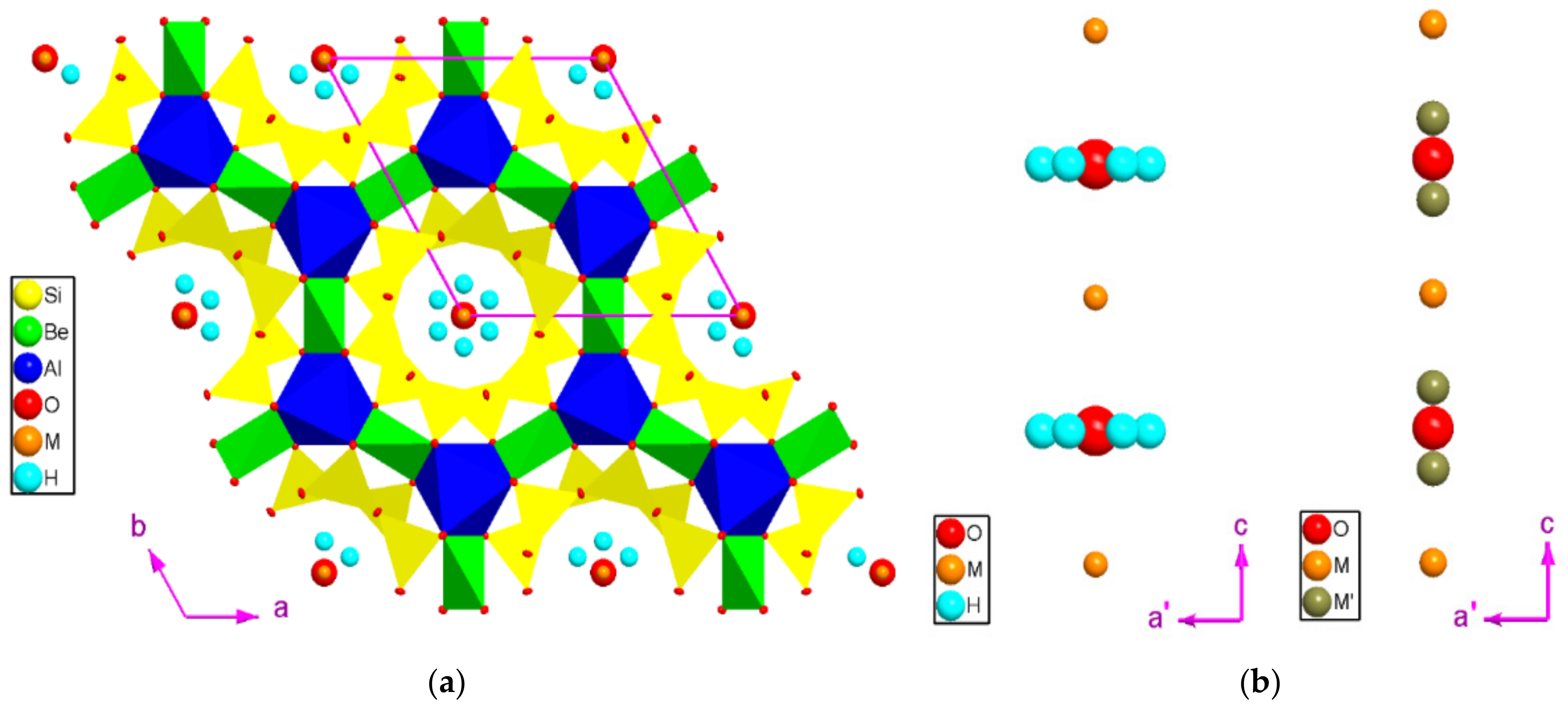NHC Beryl’s Impact

NHC Beryl, a powerful hurricane, made landfall in the Dominican Republic on July 13, 2018, bringing torrential rains, strong winds, and storm surges to the island nation.
Damage Caused
The storm caused widespread damage across the Dominican Republic, with heavy rains triggering mudslides and flooding. The winds, reaching speeds of up to 155 miles per hour, downed trees and power lines, leaving thousands of homes without electricity. Coastal areas were hit particularly hard, with storm surges causing extensive damage to buildings and infrastructure.
E don tey wey NHC Beryl don dey cause katakata for Gulf of Mexico. Di hurricane don reach Florida, wey e bring plenty rain and wind. You fit check hurricane beryl florida for more info. Beryl don weak small now, but e still dey give trouble for some areas.
Response and Recovery Efforts
The Dominican government quickly mobilized emergency response teams to assist affected communities. The Dominican Red Cross, along with international aid organizations, provided food, water, and shelter to those who had lost their homes. The government also worked to restore essential services, such as electricity and water, as quickly as possible.
Hurricane Beryl’s path is still uncertain, with the “spaghetti models” spaghetti models showing a wide range of possible tracks. These models are used to predict the storm’s future path, but they can be unreliable, especially in the early stages of a storm’s development.
As a result, it’s important to stay updated on the latest forecasts and follow the advice of local officials.
NHC Beryl’s Characteristics

Tropical Storm Beryl emerged from a disturbance that had been traversing the eastern tropical Atlantic for several days. The storm first developed as a tropical depression on July 17th, 2023, approximately 1,000 miles east of the Lesser Antilles. It quickly intensified into a tropical storm the following day, receiving the name Beryl.
Formation and Development
Beryl’s genesis can be attributed to a combination of favorable atmospheric conditions. A pre-existing area of low pressure, coupled with warm sea surface temperatures and ample moisture, provided the necessary ingredients for the storm’s formation. As Beryl moved westward, it encountered increasingly favorable conditions, allowing it to strengthen steadily.
Storm’s Path and Intensity
After forming east of the Lesser Antilles, Beryl tracked generally westward, passing well north of the islands. As it approached the Leeward Islands, the storm gradually intensified, reaching its peak intensity of 60 mph on July 20th. Beryl then began to weaken as it moved over cooler waters and encountered increasing wind shear.
Meteorological Factors, Nhc beryl
Several meteorological factors influenced Beryl’s behavior. Warm sea surface temperatures provided the energy necessary for the storm’s development and intensification. The presence of a strong subtropical ridge to the north helped to steer Beryl westward, while upper-level winds provided vertical wind shear that ultimately contributed to its weakening.
NHC Beryl’s Warnings and Preparedness
NHC Beryl’s approach prompted the activation of warning systems to alert and prepare communities in its path. These systems included:
- Tropical Storm Warnings: Issued when sustained winds of 39 to 73 mph are expected within 24 to 36 hours.
- Hurricane Warnings: Issued when sustained winds of 74 mph or higher are expected within 36 hours.
- Storm Surge Warnings: Issued when there is a danger of life-threatening inundation from rising water moving inland from the coastline.
In addition to warnings, evacuation procedures were implemented for areas at risk of flooding or storm surge. Residents were advised to evacuate to higher ground or designated shelters. Emergency preparedness measures were also emphasized, including:
- Securing loose outdoor objects
- Stocking up on food, water, and essential supplies
- Preparing an emergency plan and evacuation route
Communicating warnings and ensuring public safety posed challenges due to the unpredictable nature of NHC Beryl and the potential for miscommunication or lack of timely information. Authorities relied on multiple channels, including social media, local news outlets, and text message alerts, to disseminate information and updates.